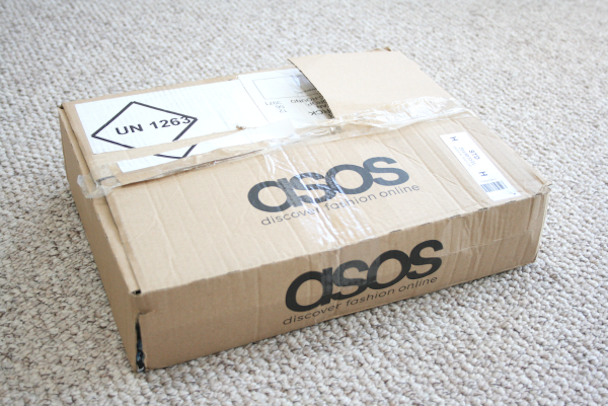The power of one – why copywriting should never try to do too much
When this period in time earns its anthropological prefix, like iron or bronze, it could do worse than being remembered as the ‘Asos Returns Age’.

Very little sums up the mechanical churn of habitual, sexless consumerism than how breezily we will stuff nine unwanted jumpers into an Asos returns packet and shoo them away like orphans we regret adopting. ‘What’s the reason for your return?’ probes the form half-heartedly and, in lieu of an option that reads ‘A paralysing sense of ennui’ we instead plump for ‘Doesn’t suit me’ or some such easy way out.
Finger waggers would no doubt attribute this state to some unspecific erosion of human moderation – or in other words, they’d call us all greedy.
But I’m not sure such consumer attitudes are as much to do with greed as they are a disillusion with choice.
Customers, most of whom are also people, can barely get from one blink to the next without finding themselves jostled rowdily by marketing. And there is a neat correlation between this rampaging contest for our attention and how blearily and half-heartedly we give it.
Copywriting is as responsible for this grim clamour as anyone – just another noisy nocturnal mammal screeching and scrapping and rutting amongst the spilled bins of our consciousness.
And it’s not merely the dizzying volume of copywriting messages, but also the bulkiness of their contents.
Few copywriters – especially those experienced enough to wear the pencil dents in their fingertips like a gang tattoo – have never been asked to say too much in a piece of copywriting. In fact, I doubt many of us have ever actually been asked to say just the right amount.
That right amount is, according to some of the profession’s wisest and most inky-fingered deities, is one. One thing. One idea. One solution. One thing we want you to do next.
It’s strange how the biggest battles a copywriter can have are over the words we don’t want to write. Or perhaps not. I doubt many mechanics, for example, think the answer to your car’s engine trouble is to add more tyres.
Of course, modern marketing often displays all the focus of a startled goat – hopping madly from one rock to the next until it leaps quietly into a ravine. Somewhere along the way, the business of persuasion forgot how to persuade – mistaking details for reasons, gunning itself down in a hail of bullet points.
And all too often it’s the copywriters who find themselves twisting the necks of once promising briefs, drowning a compelling idea in a murky puddle of brand ballast.
Copywriting is, broadly speaking, a talent for extracting the biggest effort from the fewest words. That’s not to say all we do is boil down an idea until we’re left with a pithy headline and a bubbling pot of clean bones. But it does mean that we are able to take what you want people to know about your product and turn it into what they need to know about it.
Giving people too many reasons why they should choose a particular lawnmower, bobble hat or harpoon gun is about as effective as giving them none. This is no reflection on the grass-cutting, head-warming or giant-squid-hunting abilities of your product – but says a great deal about how very, very, very tired we are of having to think and read and listen and f*cking choose.
But tell them the one astonishing thing about your stuff and don’t be surprised if more people take the time to think a little longer about what you have to offer them. Crikey, for all we know they might even buy one. Or nine. And then return them all. Damn you Asos.
Follow Andrew on Twitter
